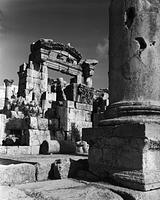
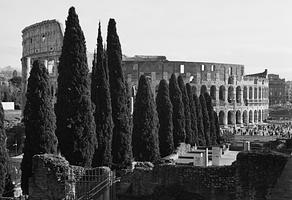
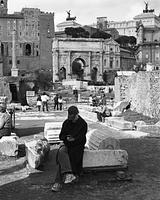
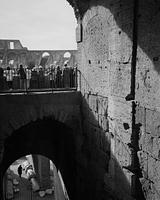
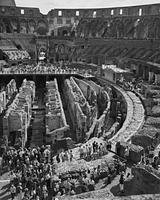

Rome
The skeletal remnants of Rome narrate the genesis of what is now recognized as “Western culture,” influencing not only our alphabet and entertainment venues but also symbolizing deeper existential truths. The layering of constructions and the repurposing of matter in Rome’s architecture engulf the observer in a tangible sense of history’s relentless march. Rome’s rise and fall serve as a poignant reminder of the ephemeral nature of our own existence and our finite understanding of it. Each year, tens of millions of tourists visit Rome, and though the attractions may differ for each, to be in Rome offers a unique chance to contemplate the essence of humanity. We photograph its monuments and ourselves against its wonders, both as keepsakes and expressions of a longing to align with something transcendent.
These photographs taken of Rome strive to encapsulate the core emotion of this iconic city, and the visits to its commercialized sites become a quest to convey a message vividly detailed yet obscured by enigma. A lifetime spent in Rome could never fully unveil all the historical intricacies that transpired within the city, and our knowledge of it will forever remain limited. The experience of being in Rome serves as an opportunity to connect our fleeting lives to its perpetual grandeur and question what it means to be human.